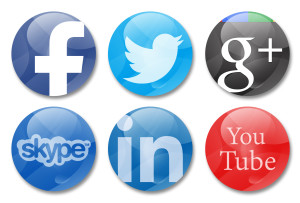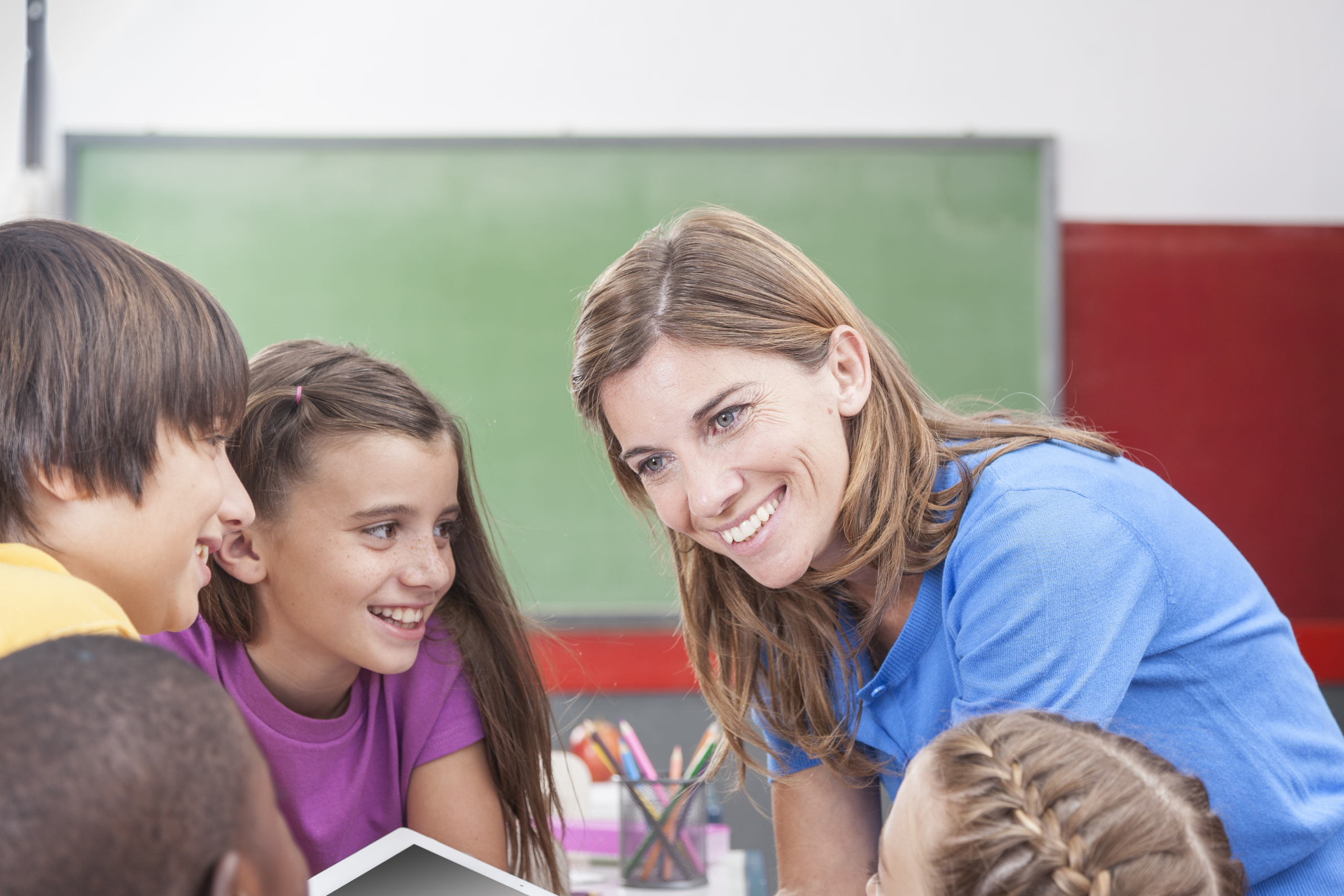‘Digital literacy’ is one of those buzz words floated by experts as being granular to 21st century students. It’s everywhere, on everyone’s tongue, but figuring out what it means can be daunting. ‘Literacy’ is simple: the ability to read and write–so ‘digital literacy’ should be achieving those goals digitally.
Not that simple. Here are a few of the definitions I found:
“the ability to find, evaluate, utilize, share, and create content using information technologies and the Internet.“.
–Cornell University
“the ability to use digital technology, communication tools or networks to locate, evaluate, use and create information”
–Digital Strategy Glossary of Key Terms
“the ability to understand and use information in multiple formats from a wide range of sources when it is presented via computers:
–Paul Gilster, Digital Literacy
“a person’s ability to perform tasks effectively in a digital environment… includes the ability to read and interpret media, to reproduce data and images through digital manipulation, and to evaluate and apply new knowledge gained from digital environments
–Barbara R. Jones-Kavalier and Suzanne L. Flannigan: Connecting the Digital Dots
Philosophically, these are all good definitions, but after fifteen years teaching K-8 technology and grad school, I know ‘digital literacy’ is much more complicated than a couple of sentences, especially when we’re talking about students baptized in iPads and smartphones. Here are the eight transformative skills required of the digitally-literate student:
 Basic tools
Basic tools
Digital literacy implies the same reading-writing skills, but without paper, pencils, books, or lectures. It’s purpose-built and student-driven. As a teacher, you’ll want to provide the following:
- digital devices–such as laptops, iPads, Chromebooks, or desktops, for daily use
- a digital class calendar–with due dates, activities, and other events
- an annotation tool (like Acrobat, Notability, or iAnnotate), to take notes
- a class internet start page–to curate websites, widgets, and other digital tools used for learning
- a backchannel device–to assess student learning while it’s happening (with tools such as Socrative, Today’s Meet, or Google Apps)
- a class website or blog–to share class activities with parents and other stakeholders
- student digital portfolios–to curate and collect student work for viewing and sharing
- student email–or some method of communicating quickly with students outside class time. This can be messaging, Twitter, or a dedicated forum
- vocabulary tool–so students can quickly decode words they don’t understand in their reading. Make this dictionary tool easily accessible from any digital device being used.
 Social media
Social media
Social media has the reputation as a gossip column–where people meet to chat. But, it’s not your mother’s water cooler. Over a billion people use Facebook and Twitter every day. That’s over 80% of internet users, about 70% in high school or under. It crosses both sexes and all income levels. In short, it has become the communication method-of-choice for both parents and students where users share information, collaborate on ideas, and update deadlines.
As a teacher, your goal is to meet students where they learn. That’s social media.
 Cloud computing
Cloud computing
Today’s classwork means starting a report at school and finishing it at home. It requires switching seamlessly between the Chromebook in the classroom and the student’s personal PC. It means sharing a report with team members without worrying that you don’t have email addresses or they can’t read the format you published in. Cloud computing makes all that happen. It’s accessible from anywhere with internet or WiFi, on any device, by whoever you give access. Whether that’s one document a week or ten, people expect you to be that versatile.
Students need to understand how cloud computing works and which ‘clouds’ are used by their school.
Digital databases
Physical libraries are often closed when inspiration strikes. Plus, their supply of resources is dictated by how many shelves they have. The Library of Congress, while almost infinite (with a copy of every copyrighted tome) can only be accessed from Washington DC. Digital databases are the new library. They’re infinite, everywhere, and welcome visitors at all hours. Students should learn how to roam these virtual halls as soon as they’re expected to research classwork. This includes online access to their school library as well as dedicated databases like the Smithsonian and the History Channel.
Virtual collaboration
Student study groups used to be hindered by finding a time that worked for all participants, agreeing on a meeting place, and then actually getting there (parents had to drive and pick up). Virtual collaboration has none of those problems. Documents can be shared with all stakeholders and accessed at will. Many digital tools (like Google Apps) allow students to collaborate on a document from separate personal devices. Meetings can take place in the student’s bedroom or their backyard, through virtual sites like Google Hangouts and Skype. A wide variety of resources can be shared without lugging an armful of materials to the meeting and ultimately forgetting to bring half of them home. These get-togethers can even be taped and shared with absent members or rewound for review.
Students should become comfortable using these. Once they experience how simple they are to set up and attend, they will rarely opt for a physical meeting option.
 Sharing to build knowledge
Sharing to build knowledge
No one person can provide all we need to know on a subject. When everyone shares their knowledge and insights, the group grows in competency. That used to be attempted awkwardly with class presentations. Now, all it takes is a virtual curation of student work, presented through webpages, wikis, a YouTube stream, or another approach that fits the unique student group. Quickly and easily, everyone’s work can be shared out, for the benefit of all.
Evaluate information found online
Because students get so much more of their information online, they need the tools to evaluate reliability and veracity of what they find. This includes questions such as:
- is the site legitimate or a hoax
- is the author an expert or a third grader
- is the information current or dated
- is the data neutral or biased
Many students think the most reliable sites are at the top of a Google or Bing search. Start by clarifying that myth.
Digital citizenship
Because students spend so much time online, they need to learn how to act in that neighborhood. This includes topics detailing the rights and responsibilities of digital citizens, such as:
- cyberbullying
- legality of online material
- buying stuff online
- digital footprints
- privacy and safety while traveling the digital world
Being a good citizen of the digital world is no different than the physical world. There are practical strategies that revolve around proper netiquette and an understanding of the culture that permeates a vast, anonymous, Wild West-like territory often defined by the accountability of those who visit it.
Consider these eight topics the organic workflow to be covered as soon as students start visiting the internet–in kindergarten for many. Do it in an age-appropriate way and repeat as often as necessary until it becomes part of the student’s DNA.
More on today’s students:
7 Skills Students Need for Today’s Classwork
K-8 Digital Citizenship curriculum
How the Internet Neighborhood is Like Any Other Community
What’s the Classroom of the Future Look Like?
Jacqui Murray has been teaching K-18 technology for 30 years. She is the editor/author of over a hundred tech ed resources including a K-12 technology curriculum, K-8 keyboard curriculum, K-8 Digital Citizenship curriculum. She is an adjunct professor in tech ed, Master Teacher, webmaster for four blogs, an Amazon Vine Voice, CSTA presentation reviewer, freelance journalist on tech ed topics, contributor to NEA Today, and author of the tech thrillers, To Hunt a Sub and Twenty-four Days. You can find her resources at Structured Learning.





































My daughters are way ahead of me on this. They are my teachers.
I will confess that my two 20-somethings often come to me for stuff on tech. My daughter had to create a comic for her MBA program and she and I worked it out together. I learned a lot because it was a program I hadn’t used much before.